LG Electronics 29 cu. ft. 3-Door French Door Refrigerator in PrintProof Stainless Steel with Water Only Dispenser
Slim External Water Dispenser Design. Half Gallon Chilled Water Container. Smart Pull Handle makes opening/closing the freezer quick & easy.
More space. More chilled water. Less fuss. This is the refrigerator you dreamed of with the feature set that matters. Open the wide French Doors to reveal a spacious 29 cu. ft. of storage – now more useful space than ever. Without a bulky ice maker looming on the top shelf, you can truly store more. But you still have the convenience of an in-door water dispenser. And that’s more to love, too – this model has LG’s largest water container yet. A half gallon of filtered, cool water is ready for guests or busy weekends. You also get LG’s latest innovations like the new PrintProof easy-care finish and LG’s ThinQ technology, letting you control key refrigerator features from anywhere, at any time, right from your smartphone. It’s more to love and more to use every day, with sleek design for years to come.
- Discover a spacious 29 cu. ft. of storage – now more useful space than ever. Without a bulky ice maker on the top shelf, you can put every inch toward storing your fresh favorites.
- This LG French Door refrigerator also gives you more chilled water than before – perfect for when friends come over or busy summer weekends.
- A half gallon of cool, filtered water is ready whenever you need it – our largest chilled water capacity yet! That means you can skip the water pitcher sitting inside your fridge and reclaim that space for more fresh foods. Plus, it’s great when guests are over – there’s plenty of water ready, as the container is continuously refilled and chilling.
- Our built-in icemaker automatically makes ice cubes, so that you always have ice on hand for those hot summer days or when entertaining at home.
- This ENERGY STAR qualified LG refrigerator exceeds federal energy standards to positively impact your energy bill, your energy consumption, and most importantly, the environment.
- Smart Cooling system is designed to maintain superior conditions within the refrigerator.
- The Linear Compressor reacts quickly to temperature fluctuations and helps keep your food fresher, longer. Meanwhile, strategically-placed vents in every section help to surround your food with cool air no matter where you put it.
- LED panels located on the rear of the refrigerator provide an exceptionally bright interior and saves energy over traditional lighting.
- Conveniently access chilled water with a streamlined dispenser design. Getting water is still convenient but now looks sleek, modern and lights up with LED brightness.
- The Smart Pull Handle makes opening and closing the freezer quick and easy. All it takes is a simple lift of the handle for effortless access to your freezer.
Additional information
| Depth (Excluding Handles) (In) | 33.75 |
|---|---|
| Depth (Including Handles) (In) | 36.25 |
| Depth (Less Door) (In) | 29.88 |
| Depth With Door Open 90 Degrees (In) | 48.625 |
| Height to Top of Door Hinge (in.) | 69.25 |
| Height to Top of Refrigerator (in.) | 68.5 |
| Product Depth x Width x Width (in.) | 69.75 x 35.75 x 35.75 |
| Certifications and Listings | Energy Star |
| Manufacturer Warranty | Limited Warranty: 1 Year Parts and Labor, 5 Years Sealed System (Parts & Labor), 5 Years Compressor (Parts & Labor), 5 Years Smart Inverter Compressor (Parts Only) |

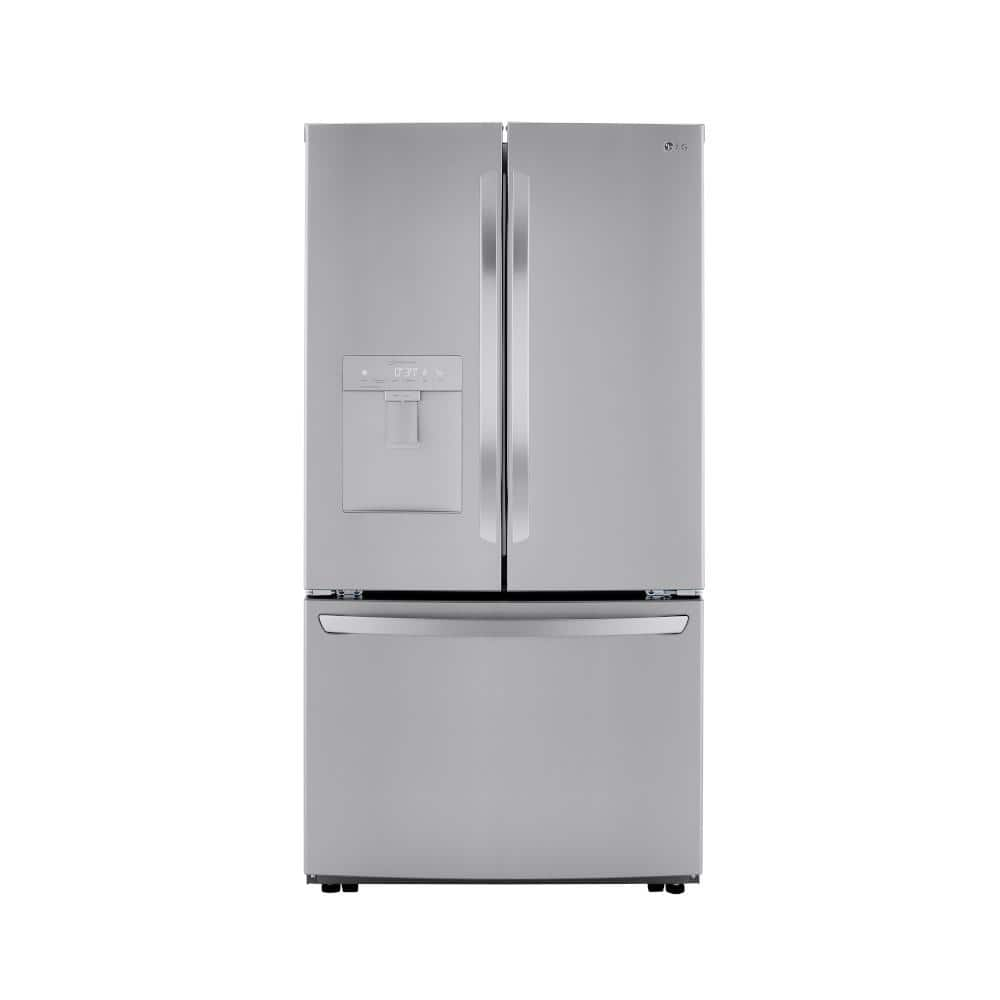
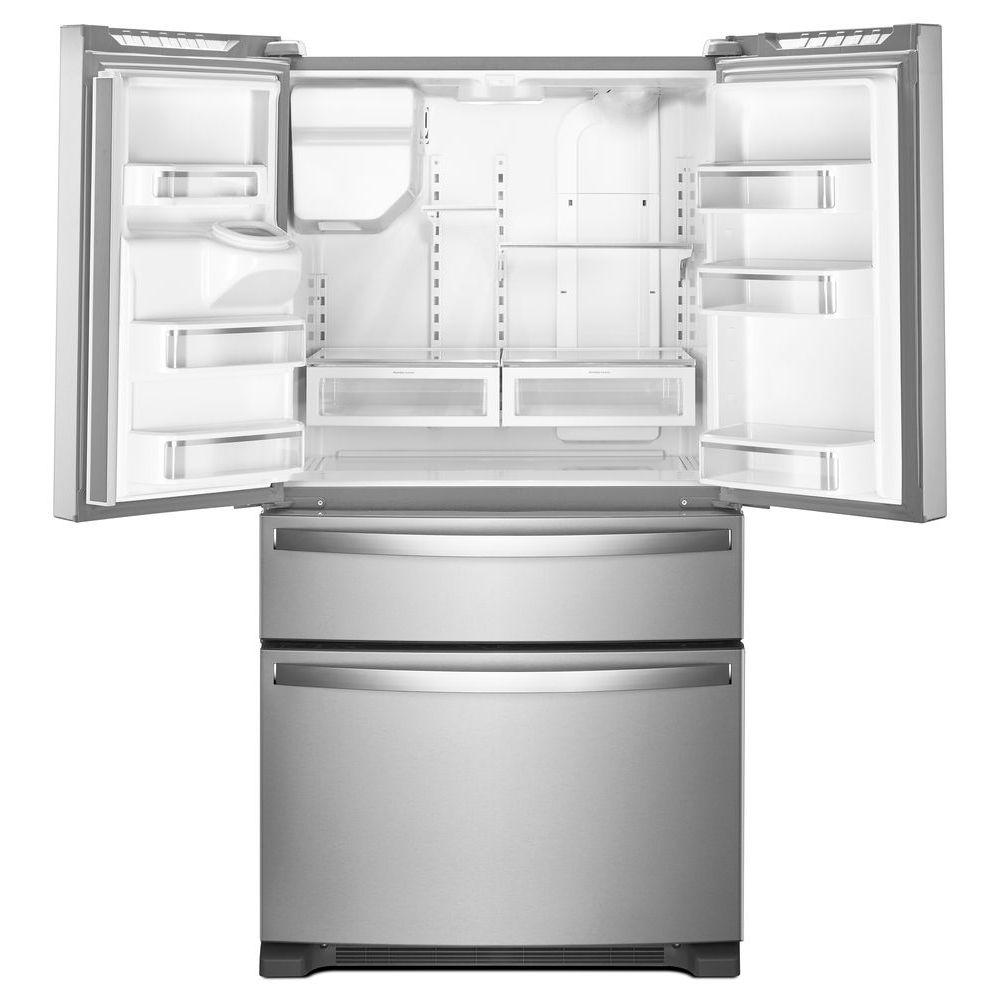
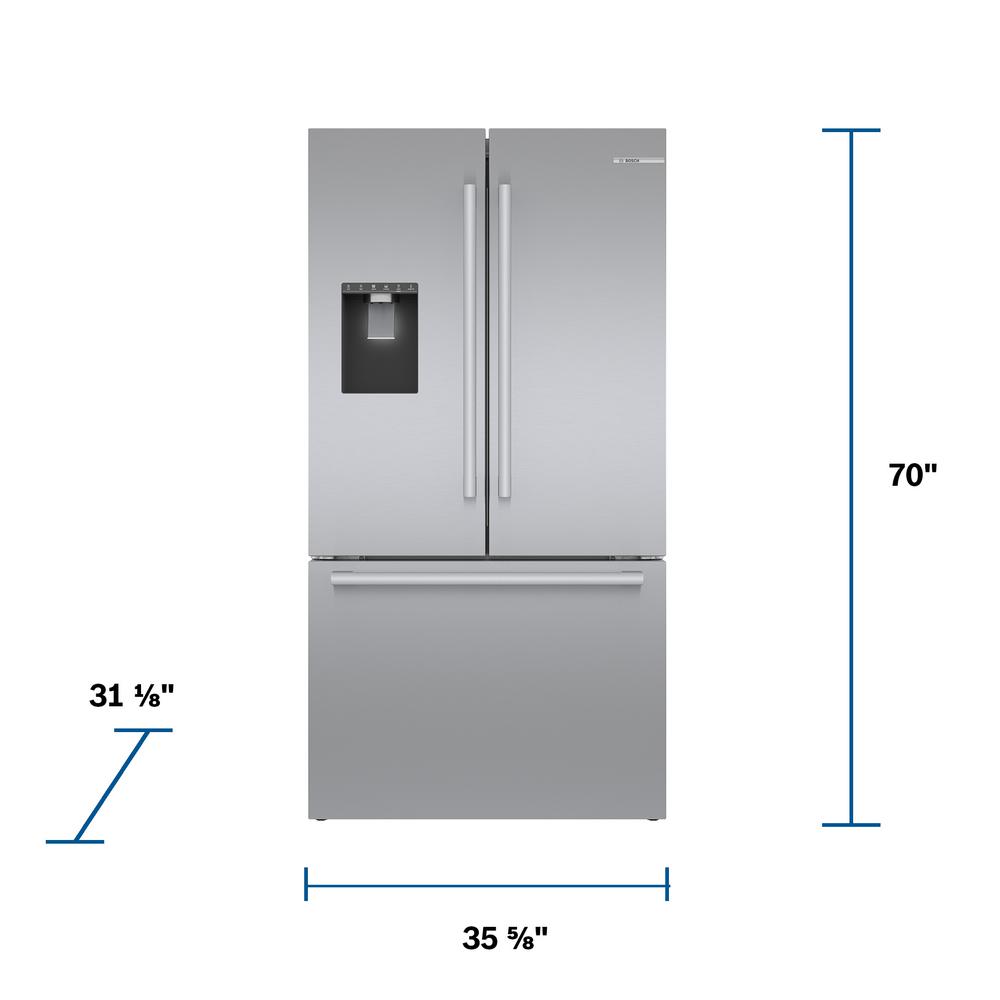
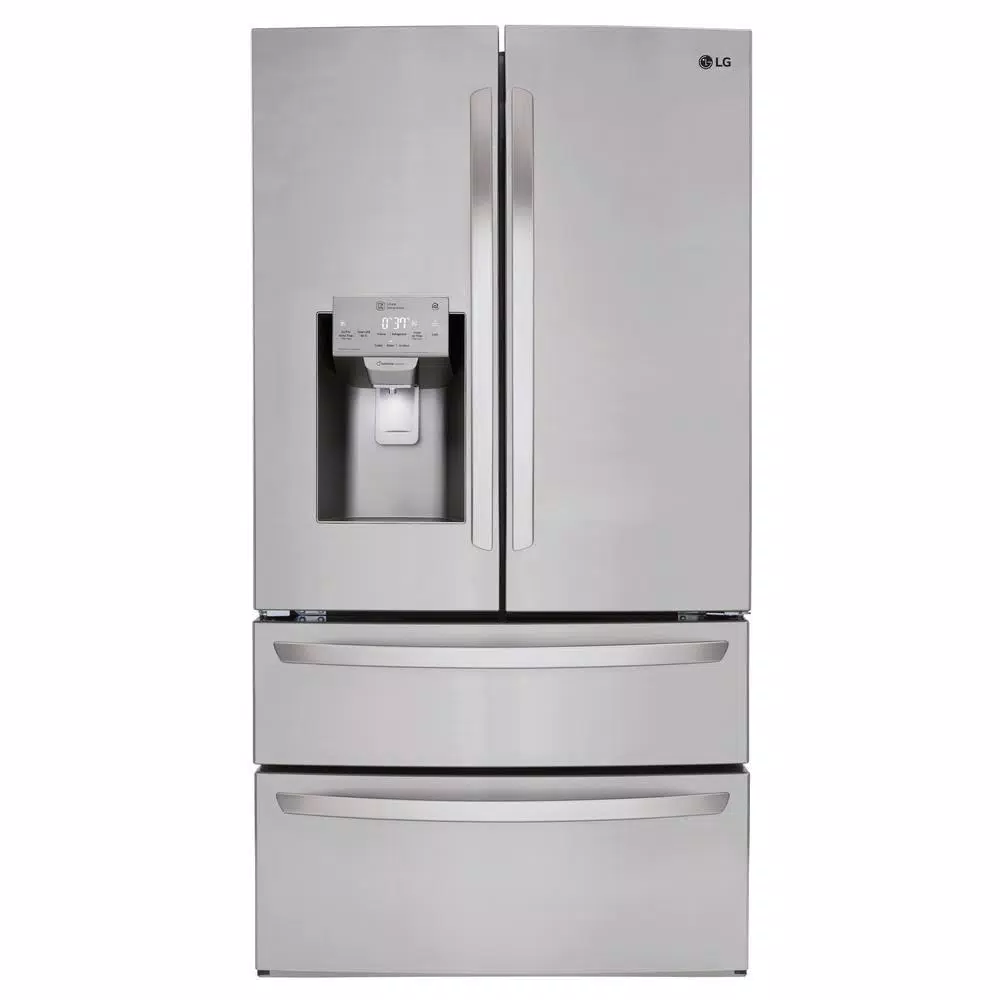
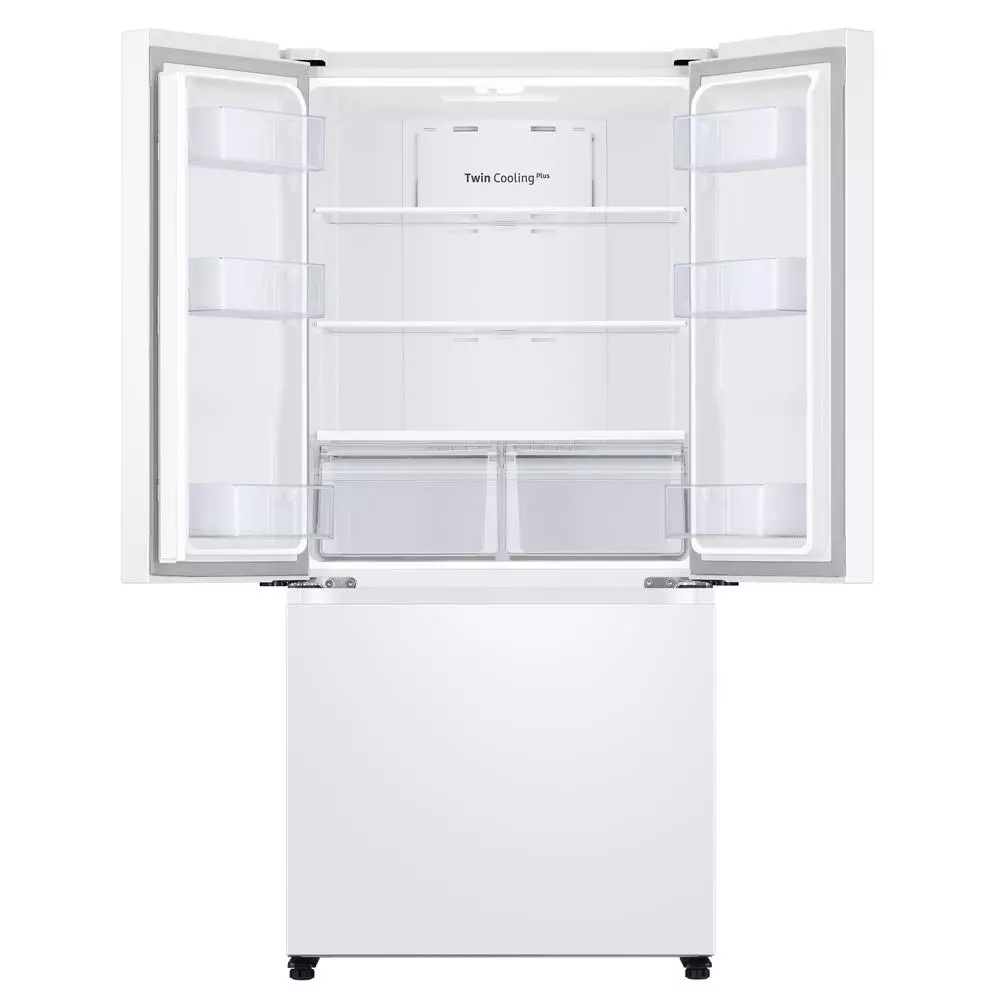
by Kelly
We went from a GE to an LG. My GE was nothing but problems, repairs and replacement parts; this new fridge is wonderful. The doors are extra roomy and have room to store many bottles, jars and even larger items. The location of the ice-maker gives us more room in the fridge area too. I don’t care for how the doors tend to slam shut, but otherwise, it’s a big improvement.
by Will
Wanted a simpler design and avoid any possible issues with the ice maker. The refrigerator has worked flawlessly so far. Love it!
by Mike
Only thing I don’t like is no I’ve maker on door – otherwise very nice size.
by Bonnie
Had an old fridge that was not keeping food that cold. It was time to get a new one. Based on the ratings from a consumer magazine we decided to get an LG.
by Kari
This appliance is so quiet you can not hear it run or make ice. Our other one which was brand X, sounded like a jet airplane. This one is also very spacious and organized great.